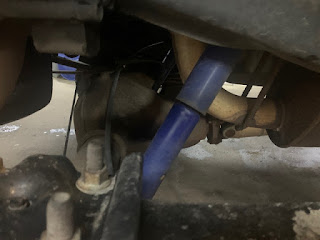Snow Day Travel Safety Tips
We never recommend traveling in dangerous weather conditions. If you have the option to stay home, then take the day to get things done around the house, do crafts with your children, or have a day to yourself and curl up with a good book. You could also plan for the day you have to travel and gather the necessary things you need to prepare your vehicle for the snow and cold. We recommend gathering things like; a clean set of warm clothes(try to think layers), blankets, hand warmers, portable phone chargers (remember to check battery life), and flares. Getting stuck on the side of the road, with or without power to your car, could be life threatening, but these items will come in handy until help arrives to keep you warm and let other travelers know you’re stuck. So, if you are forced to go out in the weather then here are 6 snow day driving tips, that we put together for you.
#1 Call your go to shop to get your car winterized. Check fluids, fuel levels and brakes.
#2 Check your tire pressure. Tires are known to lose pressure over time, but more so in colder climates so always check before traveling.
#3 ALWAYS, ALWAYS, ALWAYS wear a SEAT BELT!
#4 Look out for black ice. Especially when the snow starts to accumulate on the roads, driving slowly can make a huge difference on not only the control you have of your vehicle but also your reaction time when you hit a sheet of ice.
#5 Accelerate and decelerate slowly. You should not be driving too fast in any weather, but in snowy and icy conditions, hitting the gas too hard to get up a hill or the brakes too hard to stop at a traffic light can prove impossible. Know your brakes and your braking time to avoid slipping and sliding into another vehicle. Also be aware that even if the snow is gone, your chances of sliding are still high due to the high amounts of salt on the roads.Stay safe and alert at all times.

Comments
Post a Comment